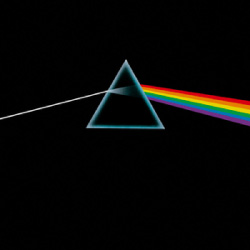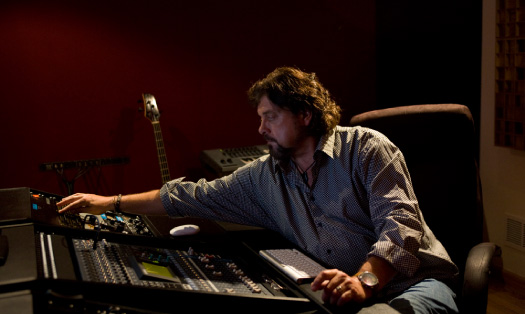
Presents:
The Fundamentals Of Recording & Music Production
Breaking News: New Second Course:
Music & Computers For Musicians
Learn the craft of audio production from industry legend Alan Parsons in your own studio, at your own pace and at an affordable price.
This is the only self-guided online course offering the same materials used by the audio programs of some of the world’s most prestigious schools.
"This is such a treat! The course is useful for the beginner and more experienced people. As it is diverse in approach, from old school to latency free internet recording, it is all there!" F.R.
"I'm having the time of my life. Just give me a good song and some good musicians to record.” H.R.
“Learnt alot from this.” S.M.



























